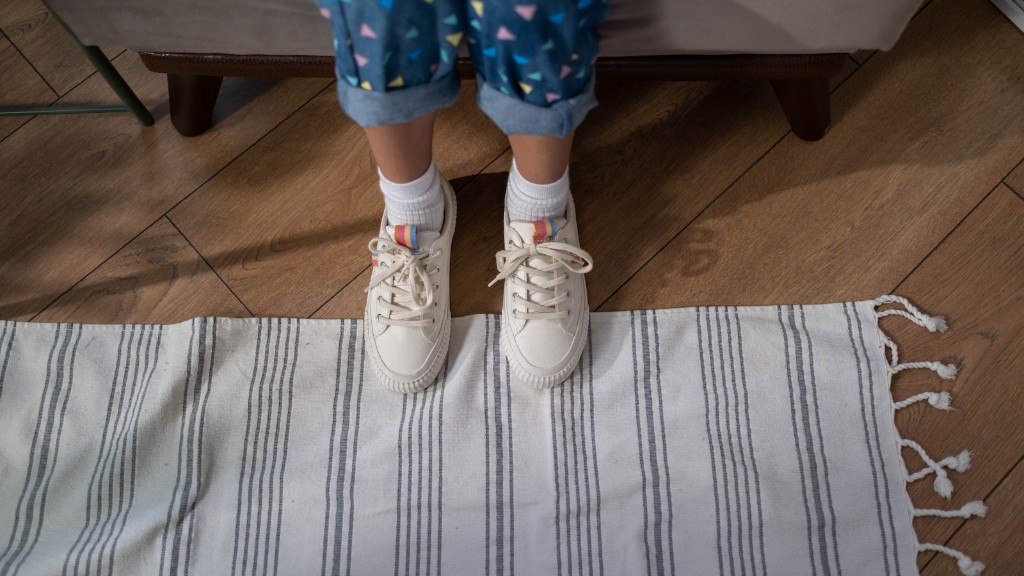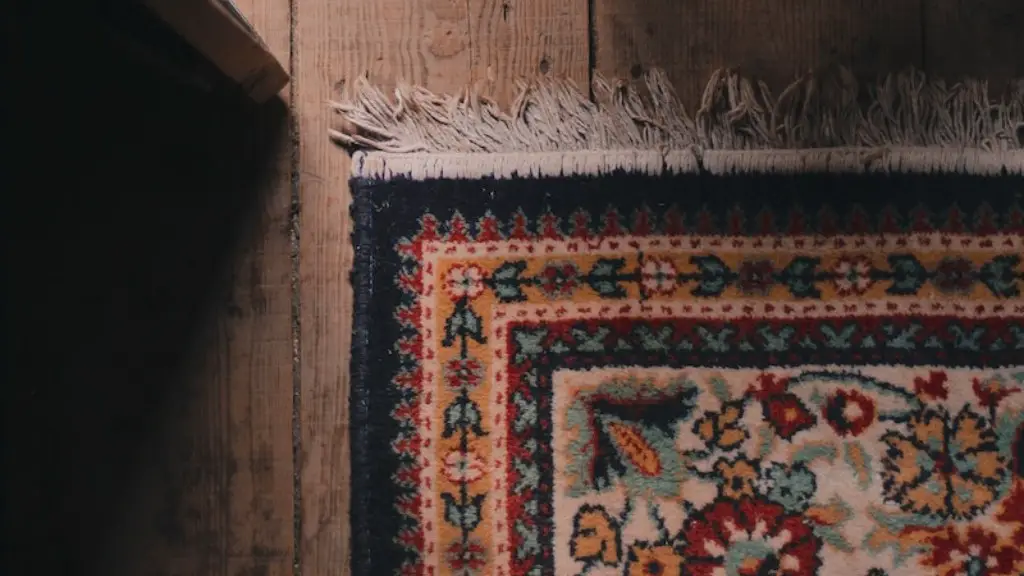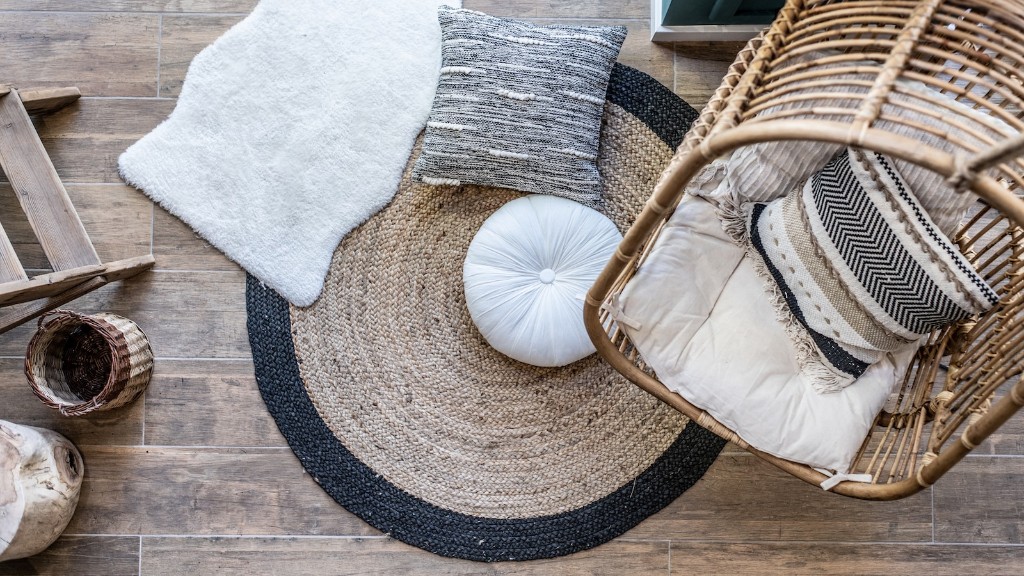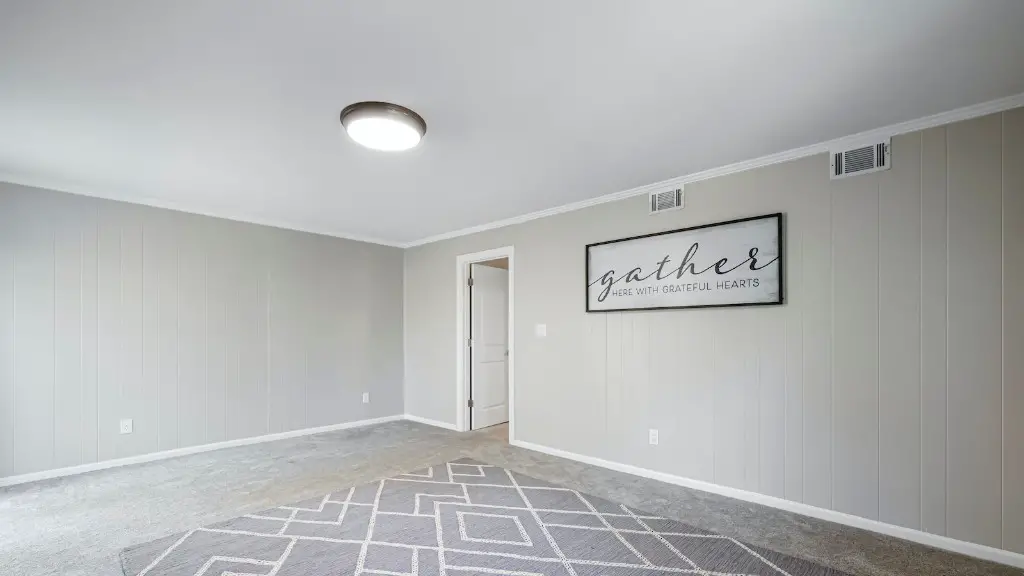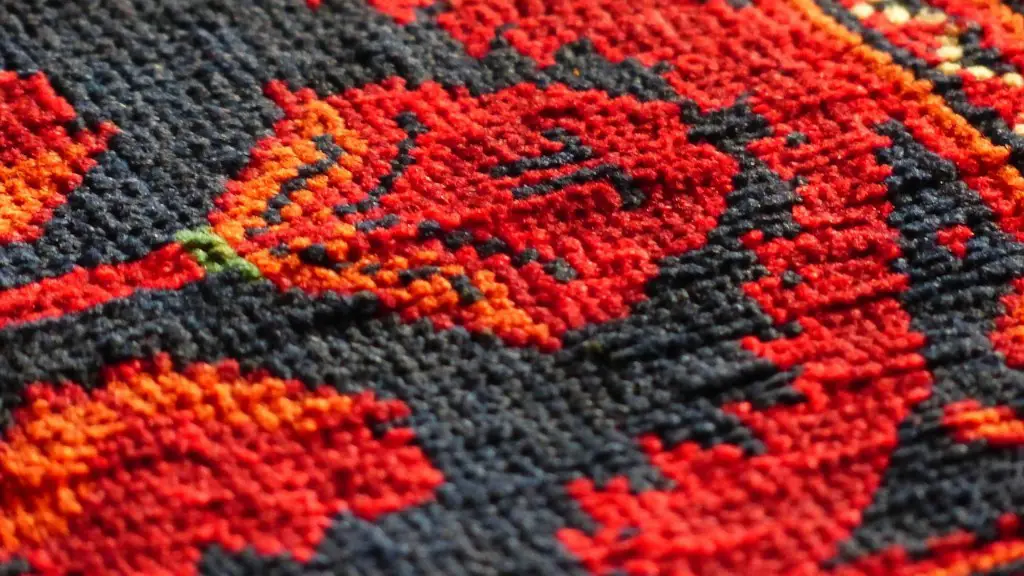Dried glue on your carpet can be a pain to remove, but there are a few things you can do to make the process easier. First, try using a vacuum cleaner with a attachment to remove as much of the dried glue as possible. If that doesn’t work, you can try using a damp cloth to lightly dampen the dried glue and then scrap it off with a dull knife. You may need to repeat this process a few times to get all of the glue off.
There are a few ways to remove dried glue from carpet. One way is to use a putty knife to scrap off the glue. Another way is to use a product like Goof Off to dissolve the glue.
What dissolves dried glue?
If you have a glue residue that you can’t seem to get rid of, try soaking it in rubbing alcohol, acetone, or vinegar. Leave it soaked for a few minutes, then try scraping it off again. If the glue still proves too stubborn, try heating it up with a hair dryer.
If you have dried glue on your carpet, the best way to remove it is with a dried towel. You can also use warm water to soften the glue, making it easier to remove. If you have a stubborn stain, you can use distilled white vinegar, dish soap, or WD-40 to remove it completely.
What dissolves old carpet glue
You just need water and soap to remove glue residues from surfaces. Mix some boiling water and washing-up liquid in a bowl. Pour the mixture over the surface that needs to be cleaned and leave it to absorb for a little while. You can scrub away the glue residues with a scouring sponge. Finally, dry the surface properly.
For water-based glue stains, you will need a natural solution like white distilled vinegar and warm water. Simply dip a clean cloth into the vinegar and warm water mixture and apply it to the stained area. Do this repeatedly until all stain marks and formations have fully been removed.
Does Dawn dish soap remove glue?
If you have a sticky residue that you can’t seem to get rid of, try using Dawn dish soap. Squeeze some onto the residue and let it sit for 10-15 minutes. Then, use a butter knife or credit card to scrape away the gummy stuff.
If you’re looking for a tougher clean, try using rubbing alcohol or vodka. Let the alcohol fully permeate the unwanted residue, then rub away completely with a cloth. There are also many commercial products formulated to remove adhesive residue.
Can Goo Gone be used on carpet?
Goo Gone is a great product for removing unwanted residue from surfaces. It is safe to use on carpets & upholstery, clothing, any hard surfaces including glass, laminate, metal, wood, plastic, vinyl, windows, ceramic, granite, flooring, countertops, tile and wood.
If you spill nail polish on your carpet, it can be difficult to remove and may cause damage. It is important to act quickly and blot the stain with a clean, dry cloth. You may also need to use a nail polish remover, but be careful not to use one that contains acetone, as this can bleach your carpet. If the stain is still visible, you may need to call a professional carpet cleaner.
Can I use acetone on carpet
Acetone is a powerful solvent that can easily remove nail polish from carpeting. However, it can also damage certain types of carpet fibers, including acetate, triacetate, and modacrylic. If you’re not sure what type of fiber your carpet has, it’s best to avoid using acetone and find another way to remove the nail polish.
Carpet glue is one powerful adhesive and removing carpet glue can be tough. However, there’s no need to spend a whole day cleaning it up. Goo Gone can help make the job easier.
Does vinegar dissolve glue?
If you have unwanted hardened glue on plastic, vinegar can help remove it. Soak the area using only white vinegar, then work the glue away with a credit card, spatula, or similar edge.
Hydrogen peroxide can be used on carpets and rugs to remove stains and dirt. It is a powerful disinfectant and bleaching agent, so it is great for carpets and rugs that are particularly dirty or have stubborn stains.
What happens when you put baking soda and vinegar on carpet
This is a great method for lifting small stains from fabrics. The vinegar and baking soda work together to saturate and lift the stain.
White vinegar is a popular household cleaning product because it is cheap and effective at cleaning many surfaces. However, due to the acidity of white vinegar, it is not appropriate for use on all types of carpet. In particular, natural fiber and wool carpets are delicate and can be ruined by the acidity of white vinegar. If you are unsure about what type of carpet you have, it is best to err on the side of caution and avoid using white vinegar altogether.
How long should you leave vinegar on carpet?
To treat a stain with vinegar, blot the stain with a clean, white cloth – soak up as much liquid as possible. Add 1 cup of water and ½ cup of vinegar to a spray bottle. Mist the area until the stain is completely covered. Allow it to sit for 10-15 minutes. Use another clean, white cloth to soak up the vinegar solution.
If you have a super glue spill on metal, hydrogen peroxide is a safe and effective way to clean it up. Simply soak a cotton ball with hydrogen peroxide and press it onto the glue until it softens. Use fresh cotton balls as needed to blot up any glue residue.
Warp Up
There are a few ways that you can remove dried glue from a carpet. One way is to use a putty knife to scrape the glue off of the carpet. Another way is to use a solvent such as acetone to dissolve the glue.
The best way to remove dried glue from carpet is to use a product like Goo Gone. First, saturate a cotton ball or paper towel with the Goo Gone. Next, dab the glued area with the saturated cotton ball or paper towel. Finally, use a clean cloth to remove any residue.
